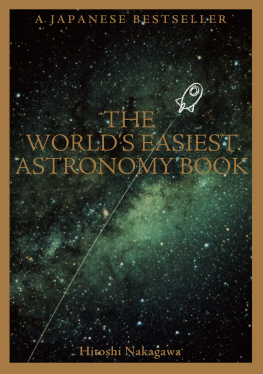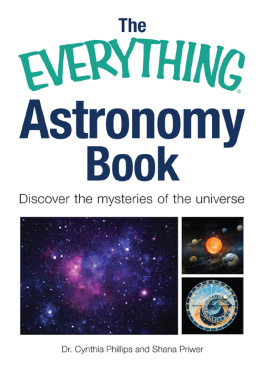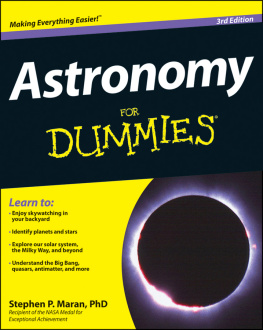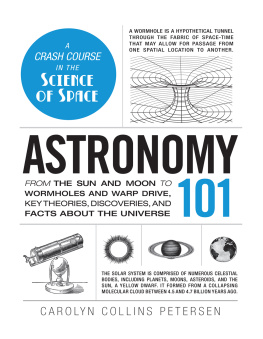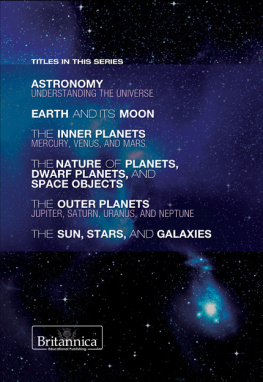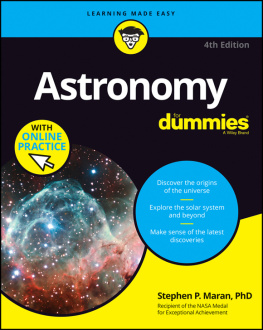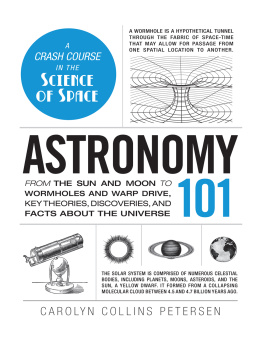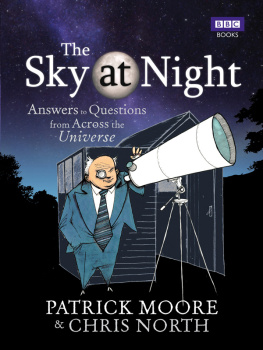Navigation
Guide

CONTENTS
Thoughts for Space: Preface
On my first spring break as a university student, I went to the NASA Kennedy Space Center in Florida. It was my first ever trip abroad; I was going to see the Space Shuttle launch.
The night before the launch, the Shuttle was revealed, lit up on the launch pad. The towering 184-foot rocket standing before me was about the same height as a 15-story building. The Shuttle is the worlds first winged re-entry flight space vehicle. I was overwhelmed by its beauty and was almost moved to tears. The Shuttles white, smooth form looked like a white bird. Yet, this was no ornament or work of art, but a vehicle to carry people into space. I was amazed that a combination of all the latest developments in space engineering could be this beautiful.
Finally, the morning of the launch dawned. A countdown ticked away on a giant digital board, and at the moment of the launch everything fell silent. Seconds later came a sound like an explosion: a tremendous roar which vibrated throughout my body. A dazzling flame flared out of the main engine, white smoke gushed out in ballooning clouds, and the white bird flew away from the Florida plains, picked up the Atlantic winds, and was swallowed by the clouds. After the white bird had flown, all that remained was a towering pillar of smoke rising from the ground into the clouds, like a stairway to the heavens. At that moment I felt the nostalgic happiness of my childhood, a scene I will never forget.
Now, in the 21st Century, mankind is just beginning to expand the realm of life, from on the Earths surface to in space. Following on the Space Shuttle flight and the International Space Station, manned flight to the Moon will soon resume. After that, a mission to Mars will be launched from a Moon Base. I wonder how far mankind will reach in this century. The mysteries of the universe are now gradually being solved using new technologies such as the Hubble Space Telescope and planetary exploration. It would be wrong to leave all of this to astronomers only. To add to our knowledge of the universe should be a joy which uplifts the hearts of all mankind.
I have written this book for those who have no in-depth knowledge of space: I intend to offer them a feel for the mysteries, wonders, and marvels of the universe, and to provide a taste of mankinds efforts in space. The content is based on answers to simple questions from general readers with no particular connection to astronomy.
When I gaze at the stars twinkling in the night sky, my thoughts turn to the endless universe. The light from those stars is likely to have started its journey 2 million years ago. Humankind seems insignificant compared to the vastness of the universe, yet we insignificant humans have built a space station that orbits the Earth and houses a crew even now. Looking up from the Earth, it is possible to see the space station, twinkling away just like one of the many stars. In our busy day-to-day lives we often forget to lift our heads and look to the skies, which is exactly why we must look up and open our minds to the universe. In the past, in the present and onwards to the future, space and time are endless. I want us all to surround ourselves with thoughts of mankinds advance into the universe.
Just as I was deeply moved by the Space Shuttle when I was young, which led me to a life in astronomy, I hope that this book will spark your imagination and ideas about the universe, convey the excitement of setting out on the Age of Discovery of space, and bring joy to the reader.
Hitoshi Nakagawa
Osaka Prefecture High School Teacher
Former Japan Aerospace Exploration Agency (JAXA) Officer
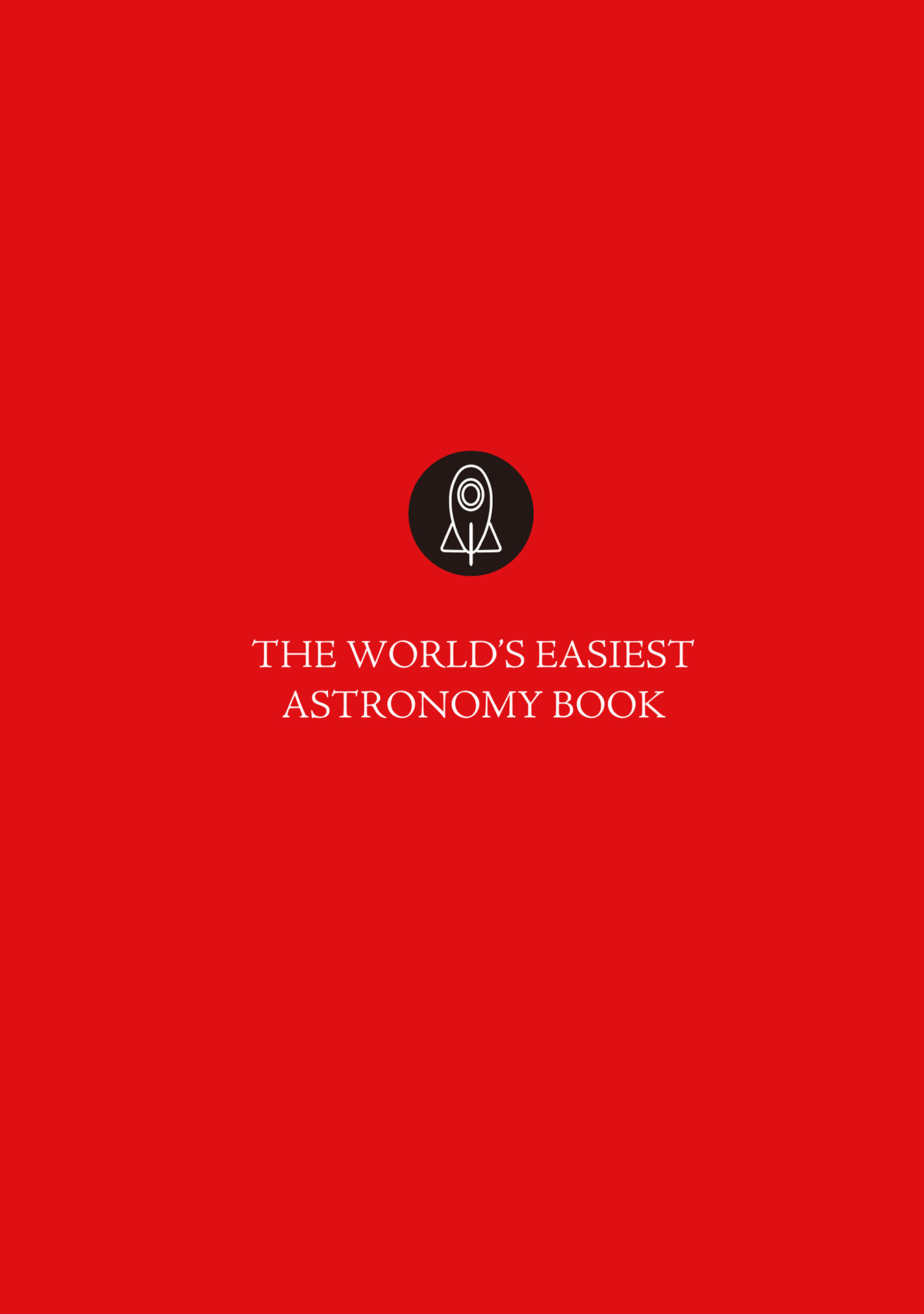
Lesson
DO ALIENS REALLY EXIST?

The simple answer is that nobody has found one yet. Any stories you might have heard about aliens visiting Earth in UFOs, or being hidden away or captured by NASA are almost certainly not true. As far as we know, no aliens have visited Earth and there is no evidence that they exist at all. In fact, no living things have been discovered anywhere outside the Earth, not even tiny microbial life.
Having said that, there is also no proof that aliens dont exist!
There is one group of astronomers, called SETI * , who take the search for alien life seriously. They use huge radio dish telescopes to send out human messages to alien life and scan the skies for radio waves which might contain messages from alien species. The head person at SETI, an American astronomer, Dr. Frank Drake, proposed an equation to estimate the number of civilized stars in the Milky Way. We call this the Drake Equation. Opinions differ on how the Drake Equation should be interpreted, but some scientists estimate that there could be more than one million stars with intelligent life in our galaxy alone.
Way back in the 1970s, four space probes were launched called Pioneer 10 and 11 and Voyager 1 and 2. Even now, they are still on route out of the Solar System. Each probe carries a message to aliens who might stumble across them in the future. Aluminum plaques on Pioneer 10 and 11 show the location of the Earth and an image of the human form. Voyager 1 and 2 contain gold-plated copper disks with audio recordings of music, various nature sounds, and greetings in 55 languages (even konnichiwa in Japanese) as well as the Earths images. A long journey into the deep space has just started. It could take as much as two to four million years before they reach our neighboring stars.
Later, in 1996, NASA grandly announced that they had found traces of tiny microbial life in a meteorite from Mars. Unfortunately, however, further analysis showed the evidence to be quite weak.
Then in 2004, NASA sent out two robotic vehiclesMars Roversto the surface of Mars coinciding with the closest approach of Mars for 60,000 years. The rovers discovered that there had been lots of water on Mars in the past. This was an amazing discovery, because if there was water then its possible there was life too. If proof was found that life of any kind exists (or existed) outside the Earth that would mean there is a much greater chance of there being intelligent life somewhere in the vast universe.
So, could we humans be the only intelligent life in the universe? Or, is the universe teeming with intelligent life that we have yet to discover? One thing is for sure the quest to find alien life is not over yet.
We are knocking on the door of the universe,
Calling out to our friends we have not yet met.
* SETI: Search for Extraterrestrial Intelligence

Lesson
HOW MANY DIMENSIONS
ARE THERE?
When you watch a firework go bang in the night sky, the explosion looks like a circle no matter which direction youre looking from. This is because the explosion is a spherical shape. This is an example of how you can think about something in either 2 dimensions or 3 dimensions. It helps us to visualize things in a different way.
A simple way to visualize the universe is as a 3 dimensional space with 3 axes which meet at right angles. You know these axes as length, depth, and height. Scientists often visualize a 4 dimensional universe using time as the fourth axis, which is why you might have heard the term space-time.

